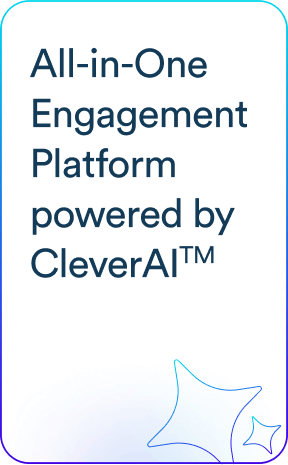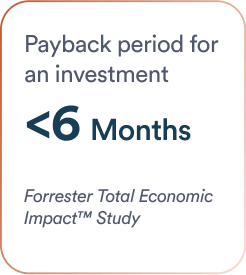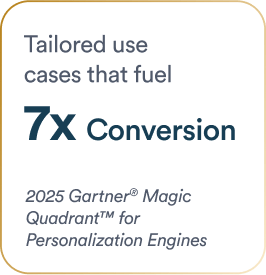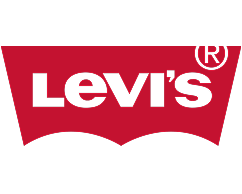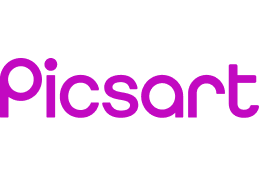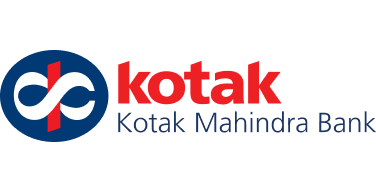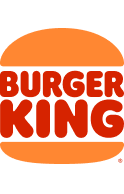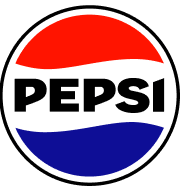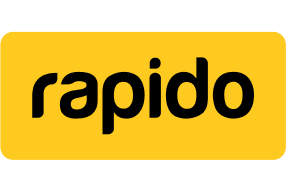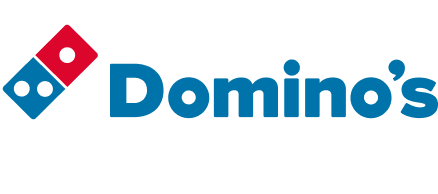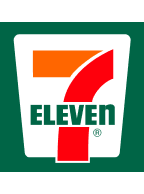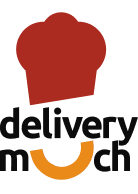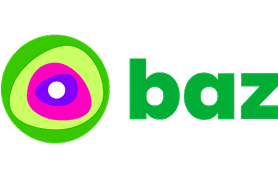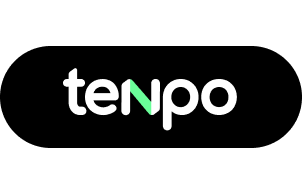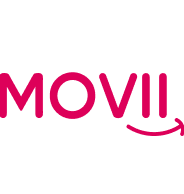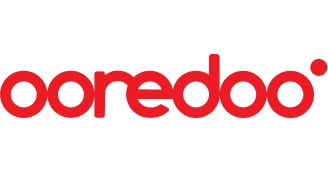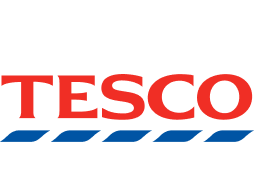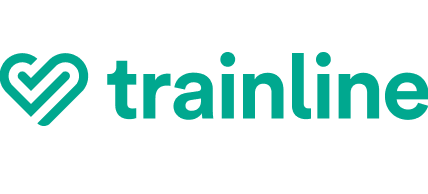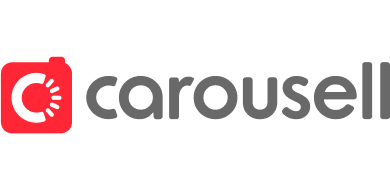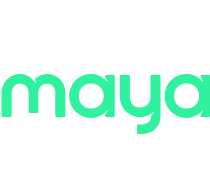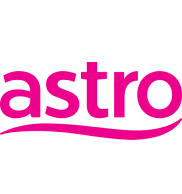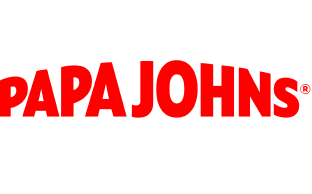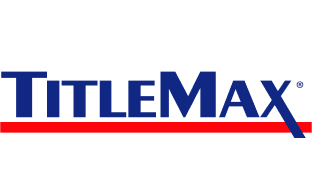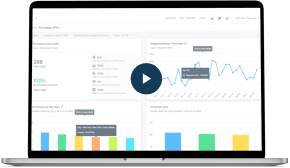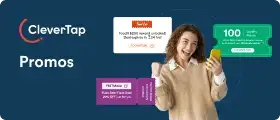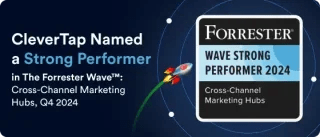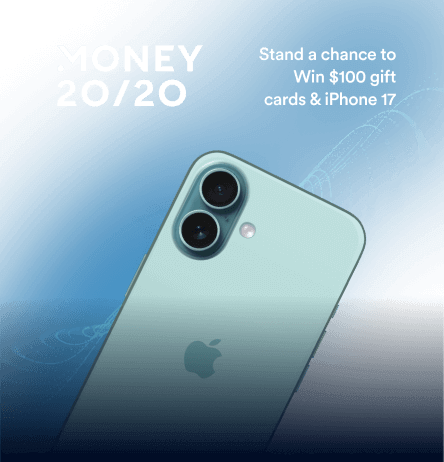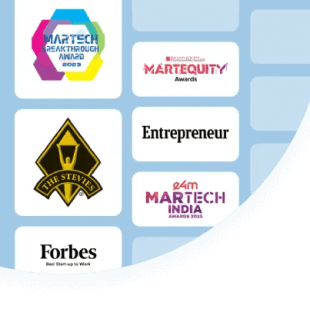The e-commerce industry has seen remarkable growth in the Middle East in recent years and is showing no signs of slowing down. It is projected to reach $50 billion by 2025. Unsurprisingly, e-commerce brands are looking to ride the wave and scale their business.
Massive online sales (MOS) events provide an excellent opportunity to bring the sales targets and growth plans to fruition. These events are more than just high-traffic sales windows; they represent a golden opportunity to not only drive conversions but also attract first-time buyers and deepen long-term customer relationships.
MOS Events: A Launchpad for Digital Adoption and Sales Growth
The MENA e-commerce market is expected to see a 10% increase in online sales and a 30% jump in GMV (gross merchandise value) during Eid al-Fitr in 2025. That said, the impact of these festive sale events goes beyond mere revenue. They also serve as powerful catalysts for digital adoption.
According to a survey by Meta, 43% of online shoppers said that mega sale days were the first time they shopped online. Considering the enormous untapped growth potential, e-commerce companies need to rethink their customer outreach and engagement strategy to make the most of MOS events.
Evolution of the Shopping Journey
Until just a few years ago, people used to discover new products via billboards, TV commercials and advertisements, print media, or recommendations from friends or family. Then, shoppers would visit physical stores, compare competing products, and make purchase decisions. The customer journey was heavily influenced by external triggers.
Fast-forward to today, and the customer journey has flipped with the explosion of e-commerce apps and websites. It’s now digital-first and customer-initiated. A recent study found that 87% of shoppers are now starting their shopping journey in online stores.
Furthermore, today’s tech-savvy and discerning customers are looking at being pre-informed about their purchase. Studies suggest that 81% of retail shoppers conduct online research before making a purchase.
Mobile devices are a major driving factor of this shift in customer behavior. In 2024, smartphones accounted for 56% of all online sales. It’s a similar story in the Middle East, where 70% of online transactions are expected to be driven by mobile platforms by the end of 2025. For brands, therefore, having a mobile-first strategy is no longer an option – it’s a necessity.
The Three Ps of Optimizing Customer Experience
It’s worth noting that although these journeys are starting online now, customers still do online research to compare prices even when they discover a product offline first. They are even willing to delay their purchase and wait for a sale event for the prices to drop.
This brings us to the three Ps that are predominantly driving the shopping experience of the modern customer:
- Pricing
- Payment options
- Personalization
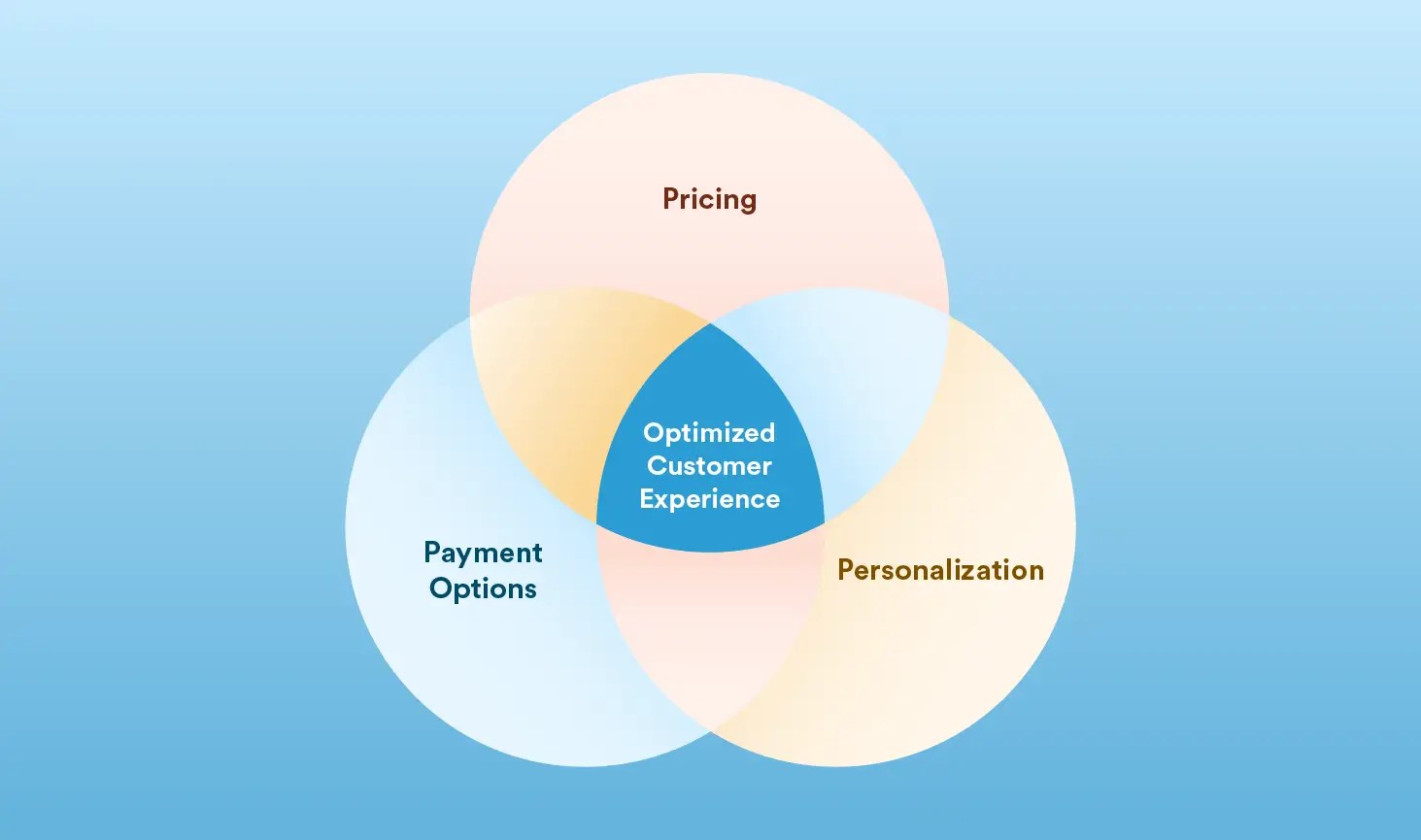
While great pricing is undeniably one of the key reasons why people are flocking online, the flexibility to choose from a plethora of payment options, such as BNPL (buy now, pay later), makes it more appealing to customers. The Middle East, for example, has a very bustling BNPL market, valued at $15.67 billion in 2024 and projected to surpass $255.43 billion by 2034.
But what makes online shopping game-changing are the hyper-personalized experiences that customers expect today. Advanced customer engagement platforms are providing marketers the ability to personalize various elements of an app or webpage, making the customer feel that the entire website or app is built for them. This kind of experience is almost impossible for offline, physical stores to emulate.
Personalization is key to ensuring that the experience is optimized for customers. According to a recent study, 63% of consumers stop buying from brands with poor personalization strategies. It goes without saying that the festive sale events provide an incredible opportunity for e-commerce brands to step up their personalization game. But how?
The CleverTap Personalization Schema
E-commerce companies must view MOS events not only as monetization opportunities but also as the opportunity to build lasting relationships with their customers.
For the rest of the year, if brands can demonstrate that they understand their customers and their preferences and provide a tailored and optimized experience, they can turn one-time buyers into returning customers and even turn them into brand advocates. This is where the need for a robust personalization strategy comes in, which can help brands unlock the customer lifetime value.
But how can marketers develop and deliver personalized and meaningful experiences? Marketing teams today have troves of customer data, including demographic, geographic, psychographic, or behavioral information. The challenge is to figure out how to leverage this information for personalization.
To address this challenge and help e-commerce marketers personalize at scale, CleverTap has developed the Personalization Schema based on the analysis of about 500,000 messages across 43 global e-commerce businesses. It is a comprehensive framework that enables businesses to capture customer interactions at four levels of personalization:
- L1: Demographic
This is the basic level of personalization that aligns messaging, product recommendations, and promotions with customers’ demographic segmentation, such as age, gender, location, and more. It is ideal for mass communication that is targeted at large customer segments. For example, informing customers about the first day of sale or a flash sale that will be run on a specific day.
- L2: Behavioral
This level helps drive targeted marketing and re-engagement campaigns based on customers’ behavioral data, such as past actions and events. For example, providing personalized product recommendations based on past purchases made by a customer. Being behavior-based, this level of personalization can help craft messages to enhance festive engagement based on past customer actions.
So, while L1 is about reaching out and maximizing a brand’s reach, L2 starts where a brand starts engaging with a customer.
- L3: Psychographic
The L3 level provides predictive and intent-based recommendations which can help in tailoring content and offers to align with festive shopping behaviors. For example, promoting home and kitchen essentials to those interested in home improvement or suggesting product bundles based on predicted buying behaviors when a customer is adding a product to their cart.
- Real-Time (L4)
This involves leveraging real-time data to trigger immediate, highly relevant messages based on current behaviors. For example, encouraging quick or impulsive purchases by notifying customers about items that are highly popular, trending, or about to go out of stock during the festive season.
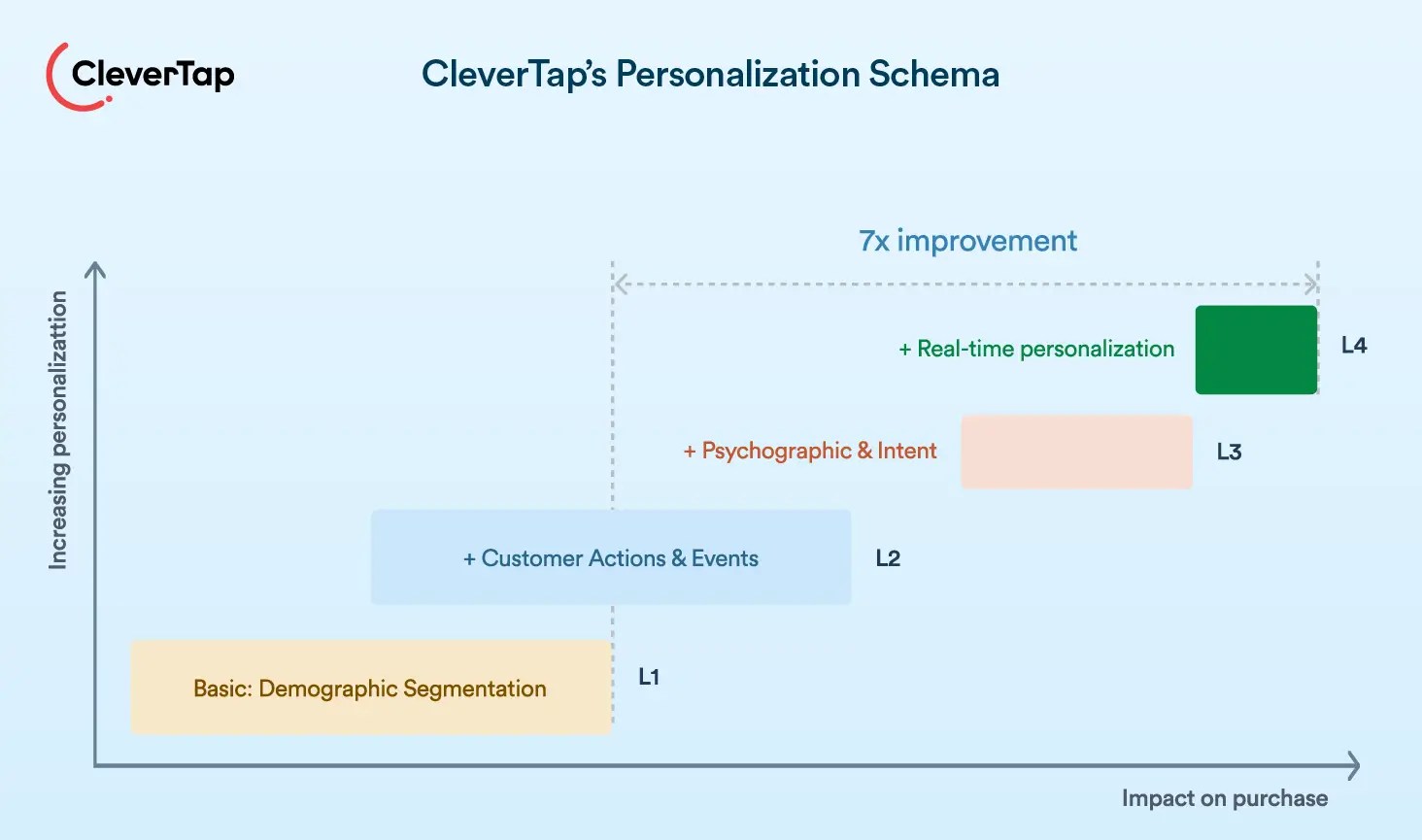
While the schema breaks down the personalization strategy into four levels, it should not be taken to understand that any level is better than the other. It’s not about using a single level for best results; marketers should view it as a mix, where every level of personalization has its own specific use cases.
Want to explore this framework in detail? Download our eBook “Optimizing Massive Online Sales (OMOS) with CleverTap’s Personalization Schema”.
Looking Ahead: Making E-commerce Future-Ready
The Middle East’s e-commerce market is primed for unprecedented growth. As brands and customers continue to embrace advanced technologies and innovation, the e-commerce landscape will become more mature, contributing significantly to the future of trade and entrepreneurship in the region.
Marketers need to act now to level up their customer engagement strategy to make it future-ready and aligned with evolving customer expectations. While personalization is one of the key ingredients of a successful customer outreach and engagement program, marketers need a well-rounded approach comprising of omnichannel experience, continuous experimentation and optimization, data analytics, and AI-powered capabilities and innovation to optimize customer experience throughout their journey.
Gain actionable insights from our on-demand webinar where CleverTap expert Mouhanad Chebib and I break down how to put the Personalization Schema into practice. Watch Now.
Get ahead of the holiday rush by exploring our detailed roundup of 4th of July marketing ideas that can elevate your seasonal campaigns.
Mrinal Parekh 
Leads Product Marketing & Analyst Relations.Expert in cross-channel marketing strategies & platforms.
Free Customer Engagement Guides
Join our newsletter for actionable tips and proven strategies to grow your business and engage your customers.

